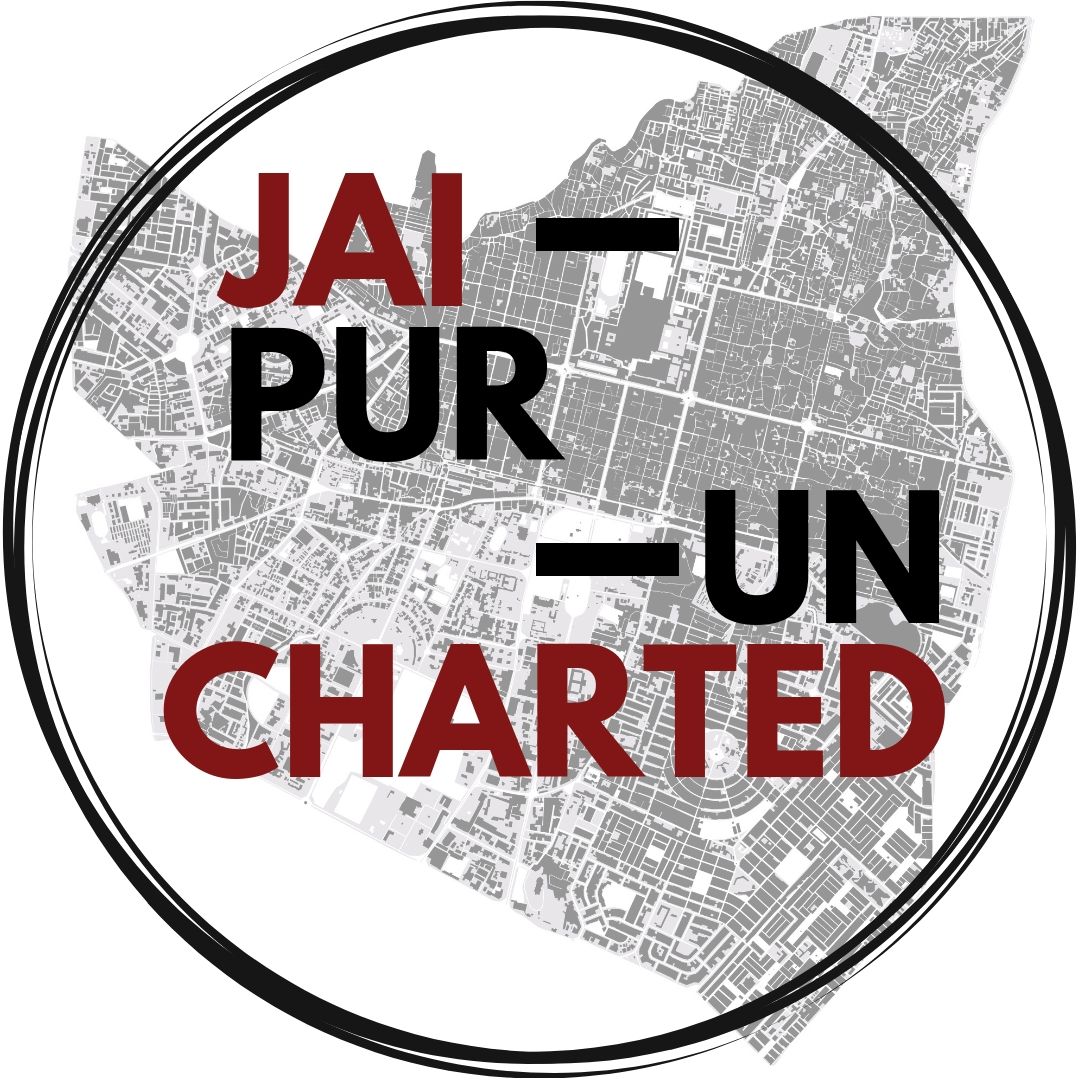It is a city that emerged not in the same manner as cities had in India. Jaipur’s inception marked a change in the way the city was looked at, built and experienced – a shift in the spatiality of the city. The experience of Jaipur’s spatiality stands out in contrast with the experience of other cities in India. It appears as a city that we are unfamiliar with and establishes a family of Indian cities – by its variance.
Jaipur is built on ‘abstractions’ – in experience, thinking and producing. Abstraction in Jaipur permeates more into the lives of its inhabitants than the plan of a city that represents a cosmic diagram. The abstraction operates at levels so that the bedrock of concrete lived experiences dissolve into a ‘thought-out’ space, reducing differences, multiplicity and replacing reality with simulations of the real. It abstracts the space of the Indian City. The apprehension of these differences that makes Jaipur a non-familiar city in India allows us to perceive what Jaipur personified – via what it did not.
Jaipur in its desire to be all that the cities in India were and more tries to do the unthinkable. It seeks to consciously create the essence of the spontaneous, in reality, the realm of the sub-conscious.
